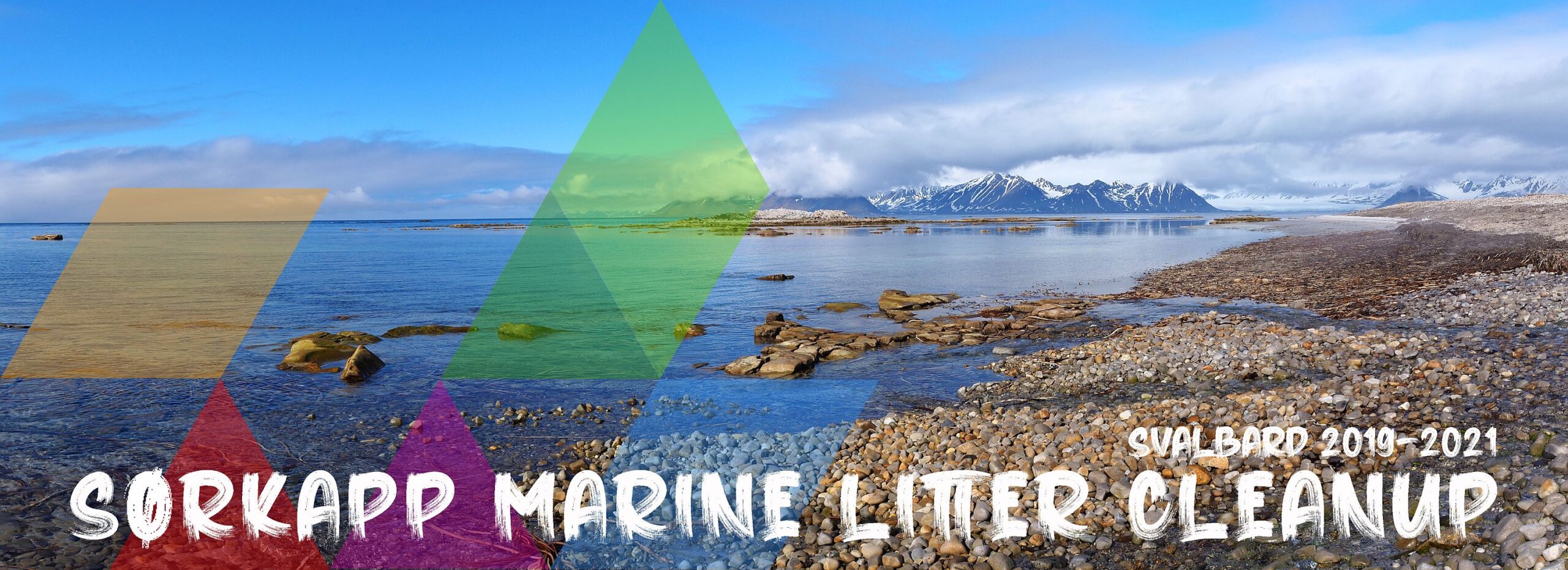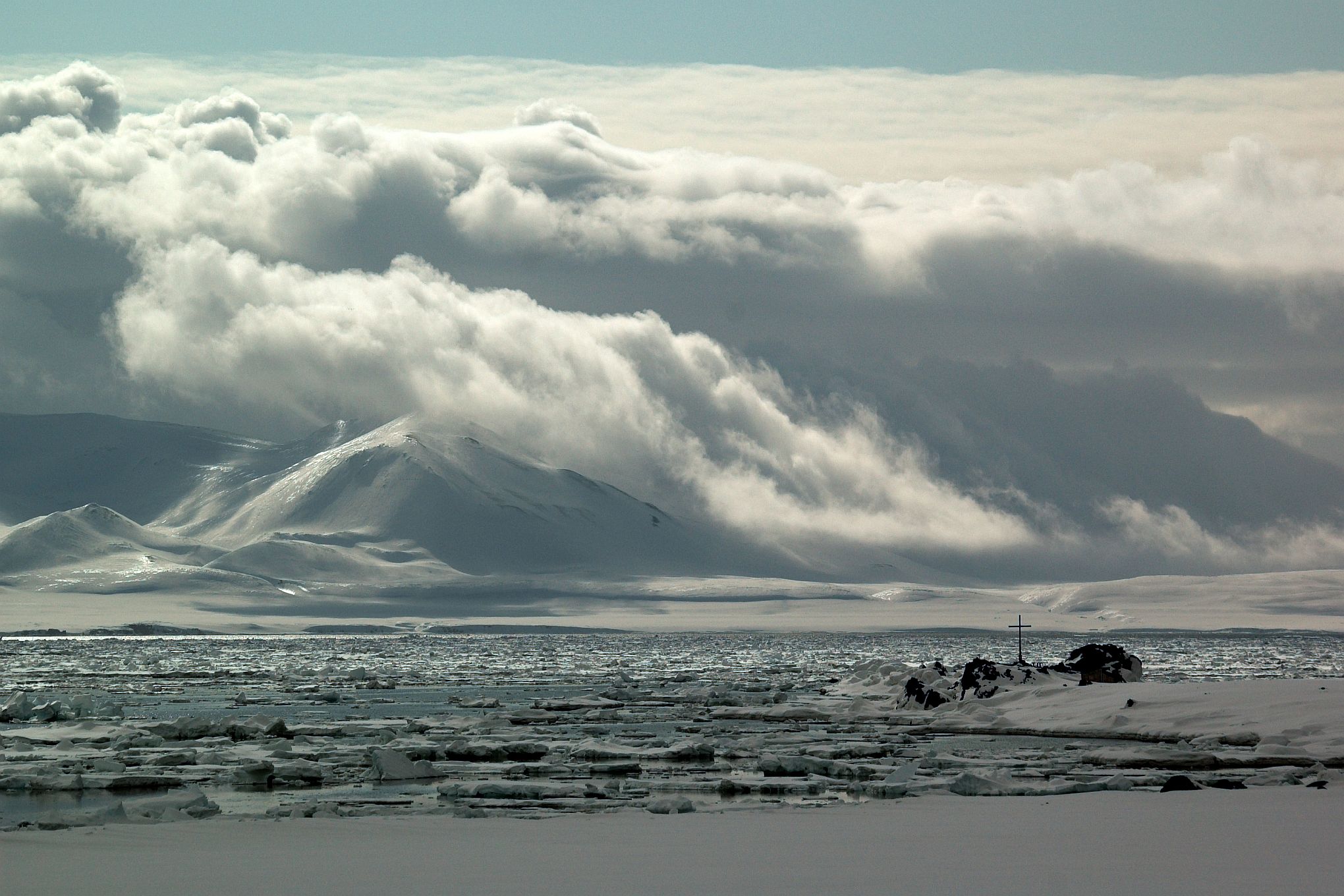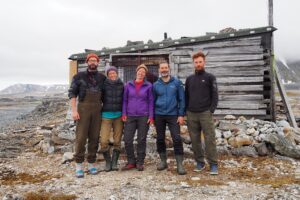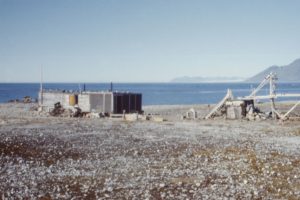A project is much like a baby. Before we got down to work, the idea seemed brilliant, the required amount of effort and commitment – reasonable, and the expected feeling of satisfaction from a job well done – irresistibly tempting. The project was fun to conceive, the months of waiting for a decision from Svalbard Environmental Protection Fund went on for ever, and – when we finally got the grant – the joy of success was swiftly followed by… a nasty reality check. Not even in the wildest outbursts of pessimism did we expect that setting the project up would take so much time, energy and determination.
Our to-do list is endless and even though we do what we can, for every task we complete, two extra ones immediately pop up in its place. Besides, not everything goes as planned.
A while ago, over just a couple of weeks, we lost two valuable contacts in Svalbard. The first of them, Margrete Keyser from Svalbard Science Forum, quite unexpectedly went on a temporary leave from her position. We hope it is indeed only temporary and that she comes back with a new supply of energy and enthusiasm, giving us a chance to work with her again this year or the next. Much more tragically, Sarah Auffret – AECO’s environmental agent who reached out to us and went out of her way to promote the project and help with the logistics – was on the Ethiopian Airlines flight which crashed on March 10 with no survivors. A tragedy in itself, Sarah’s death brought our cooperation to an abrupt halt, leaving us without the invaluable support she’d offered.

© AECO
As if things were not complicated enough, due to unexpectedly high demand, the Polish Polar Station Hornsund had to go back on its promise and refuse to provide us with firearms, flotation suits and a rubber boat, all of which are indispensable for us to be able to do the work we’ve set out to do. Rest assured, though. We’re not letting any of this stop us and we’re pushing on as hard as ever.
So far we’ve managed, among others, to tackle the greatest challenge of our expedition, namely transportation. Sounds like a piece of cake? Wait until you read how many things we had to sort out to earn the bragging right!
As part of our preparations, we’ve organized for two tons (!) of supplies and equipment to be transported from Gdynia (Poland) to Hornsund. In theory, we could buy everything in Longyearbyen, but the only larger shop available in town has a limited selection and astronomical prices. As a result, everything we might need will travel to Palffyodden from Poland. To make sure we nail it, we’ll be assisted by Naviga Krzysztof Makowski Sp. z o.o., which has been supporting Polish polar expeditions for over 20 years.
Compiling a list of supplies and equipment is a challenge in itself. If it turns out that we’ve forgotten about something, our only hope will be the Polish Polar Station Hornsund, located on the opposite side of the fiord. The above-mentioned shop in Longyearbyen will be totally beyond our reach as a “taxi” there and back would cost a mere 3500 EUR!
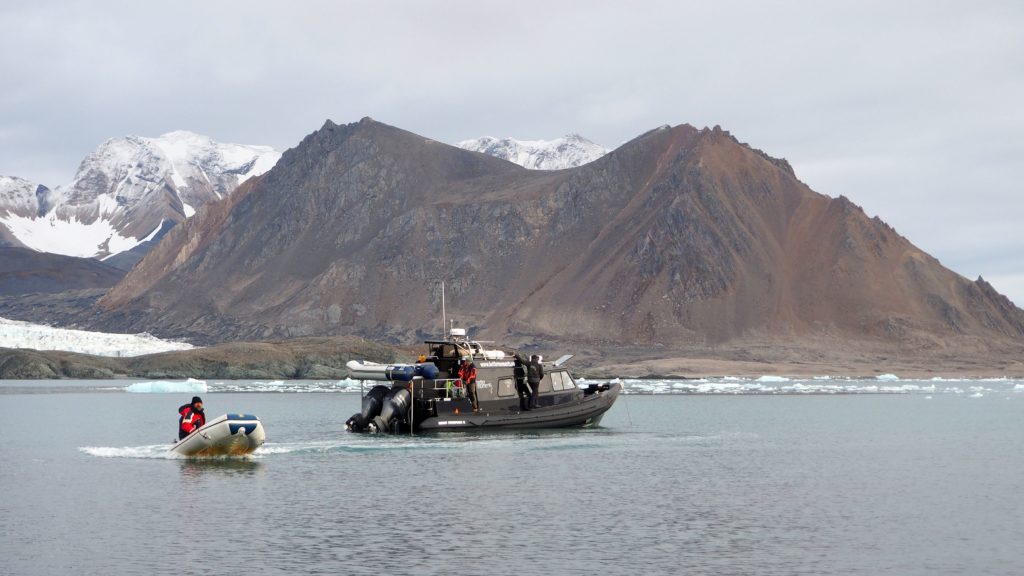
© Adam Nawrot, forScience Foundation
Properly packed and secured, our supplies will travel to Svalbard on board Horyzont II, an expedition vessel owned by Gdynia Maritime University. Horyzont II is responsible for delivering supplies for the Polish Polar Station Hornsund, which is very convenient, but it only does it twice a year! The team will board the vessel in Longyearbyen for the last leg of its voyage. To Longyearbyen we’ll travel by plane (which, unfortunately, had to be paid for out of our own pockets), because a few hours’ flight seemed considerably more appealing that a week-long voyage, especially that the voyage would involve no other vessel than Horyzont II itself1.
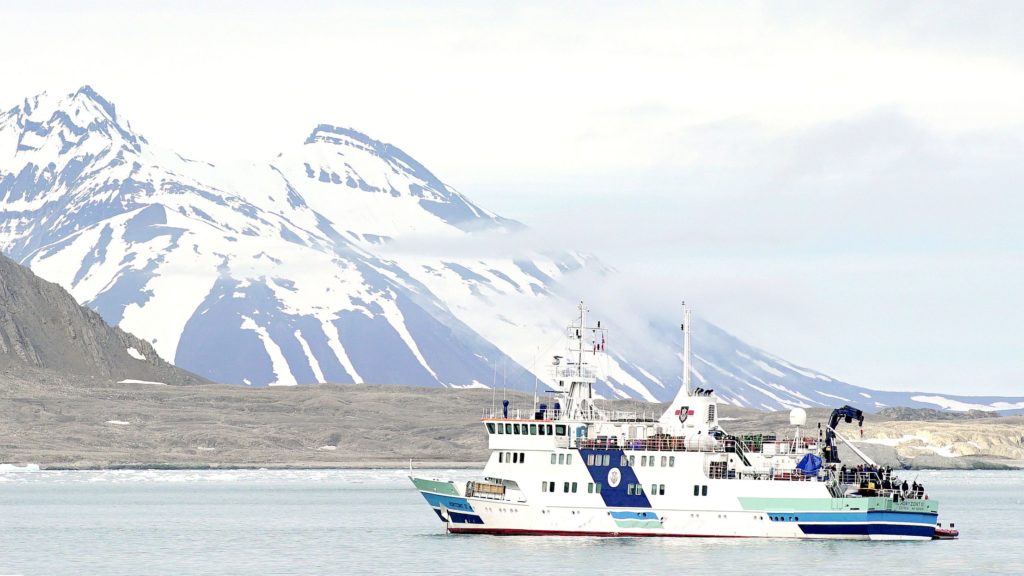
© Adam Nawrot, forScience Foundation
Once the fieldwork is over, we’ll be taken back to civilization by captain Eugeniusz Moczydłowski on board Magnus Zaremba. According to our current arrangements, all collected litter (we’re assuming 30 m3, but don’t ask on what basis) will wait at the Polish Polar Station Hornsund for the return of Horyzont II. As a result, the litter will arrive at the port of Longyearbyen at the end of August, from where it will be taken to the local waste management facility for disposal. This will be taken care of by the facility itself free of charge because – as we’ve found out – all costs involved in the handling and disposal of marine litter collected during voluntary beach clean-ups are covered by Svalbard Environmental Protection Fund. That’s the spirit!
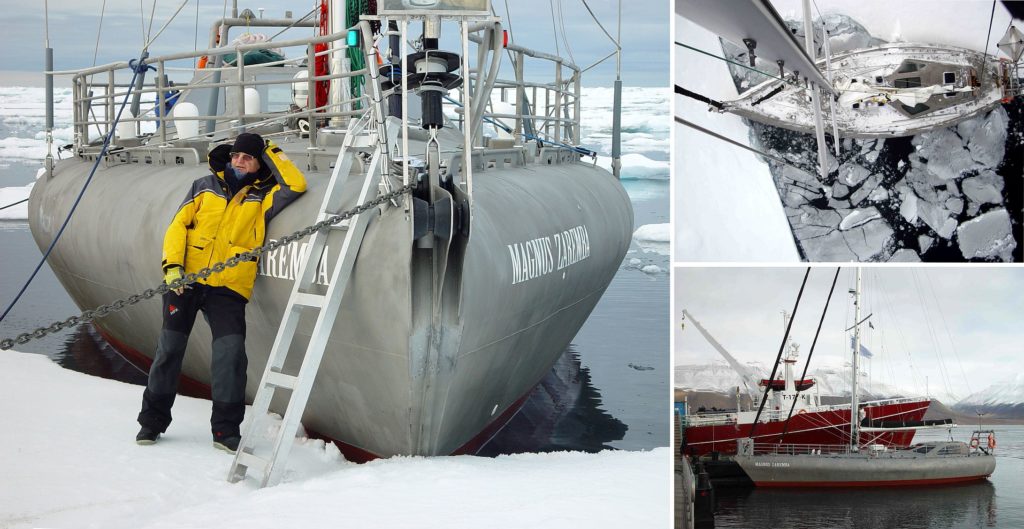
© Eugeniusz Moczydłowski
But wait, there’s more! Transportation is also the above-mentioned rubber boat, which we’ll use throughout the duration of fieldwork to bring the collected litter (and – if need be – exhausted team members) to the Awfully Rotten Cabin. The boat will be lent to us by the Department of Marine Ecology of the Institute of Oceanology, Polish Academy of Sciences, which we are truly grateful for!
Apart from broadly-understood transportation, we’ve have also sorted out most formalities, which included:
- clarifying a number of questions regarding the dos and don’ts of spending the money we have (or, to be more specific, will) receive from Svalbard Environmental Protection Fund;
- sending all required applications and notifications to the Governor of Svalbard;
- obtaining detailed maps showing the exact location of archaeological sites and objects classified as cultural heritage within our target area;
- doing (and, in a couple of cases, arranging to do) a compulsory training in handling firearms2.
For the sake of your mental health, we’ll spare you the details regarding the amount of time, energy, stress, e-mails, phone calls, meetings, negotiations, and paperwork all of this involved. You’re welcome!
That’s all for now, but watch this space as we’ll soon be back with more information on Sørkapp, academic contacts we’ve made, and international cooperation which will boost the range and applicability of Sørkapp Marine Litter Cleanup.
Footnotes:
1 Horyzont II is known among its crew and passengers as wańka-wstańka (Polish for roly-poly toy). The less subtle nicknames, inspired by the typical effects of excessive ship rolling, are best passed over in silence.
2 In Svalbard, carrying a firearm for protection against polar bears is not a silly tourist thing but a strict legal requirement.


